The Industrial Internet of Things (IIoT) is often called Industry 4.0. Some refer to it as the next industrial revolution. What’s certain is that it’s changing the way industry works. Across areas like process control, manufacturing and supply chain management, IIoT can help your business work in smarter, more efficient ways.

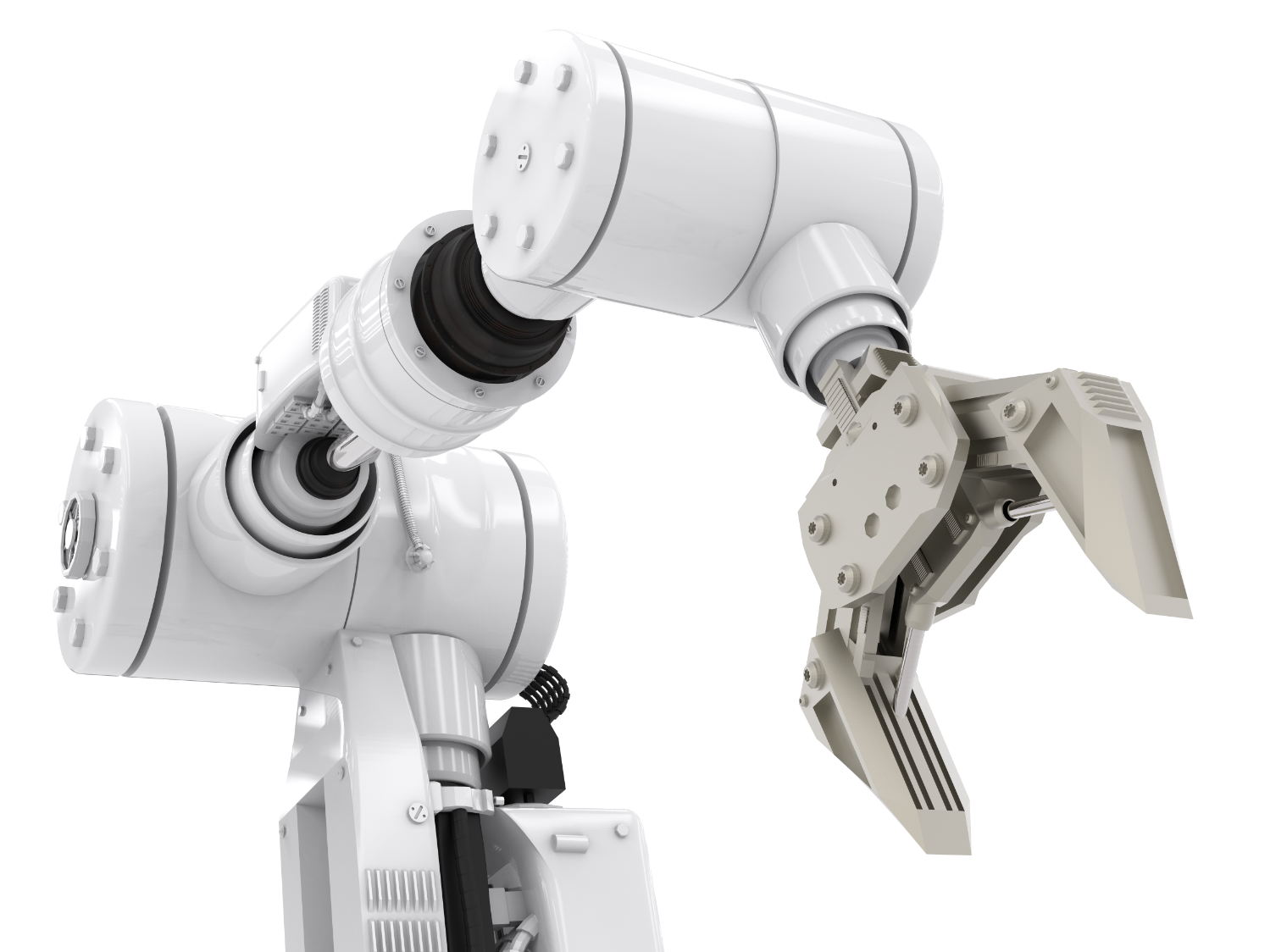
The Industrial Internet of Things offers critical benefits to industrial organisations.
By giving you information in real time, IIoT enables you to respond to issues immediately rather than waiting for catastrophic failure.
By automating tasks, it leads to faster, more accurate decision-making.
By collecting large amounts of data, it makes it easier to improve performance.
Let’s take a closer look at the Industrial Internet of Things and the difference it can make.
So far the internet has been the Internet of People. Behind every computer connected to the internet have been people, operating the computer and providing the intelligence.
The next wave of development in computing is the Internet of Things (IoT). Here the things being connected are intelligent devices, capable of making decisions and controlling other devices without intervention of people.
And when these intelligent devices are used in industry, the Internet of Things becomes the Industrial Internet of Things.
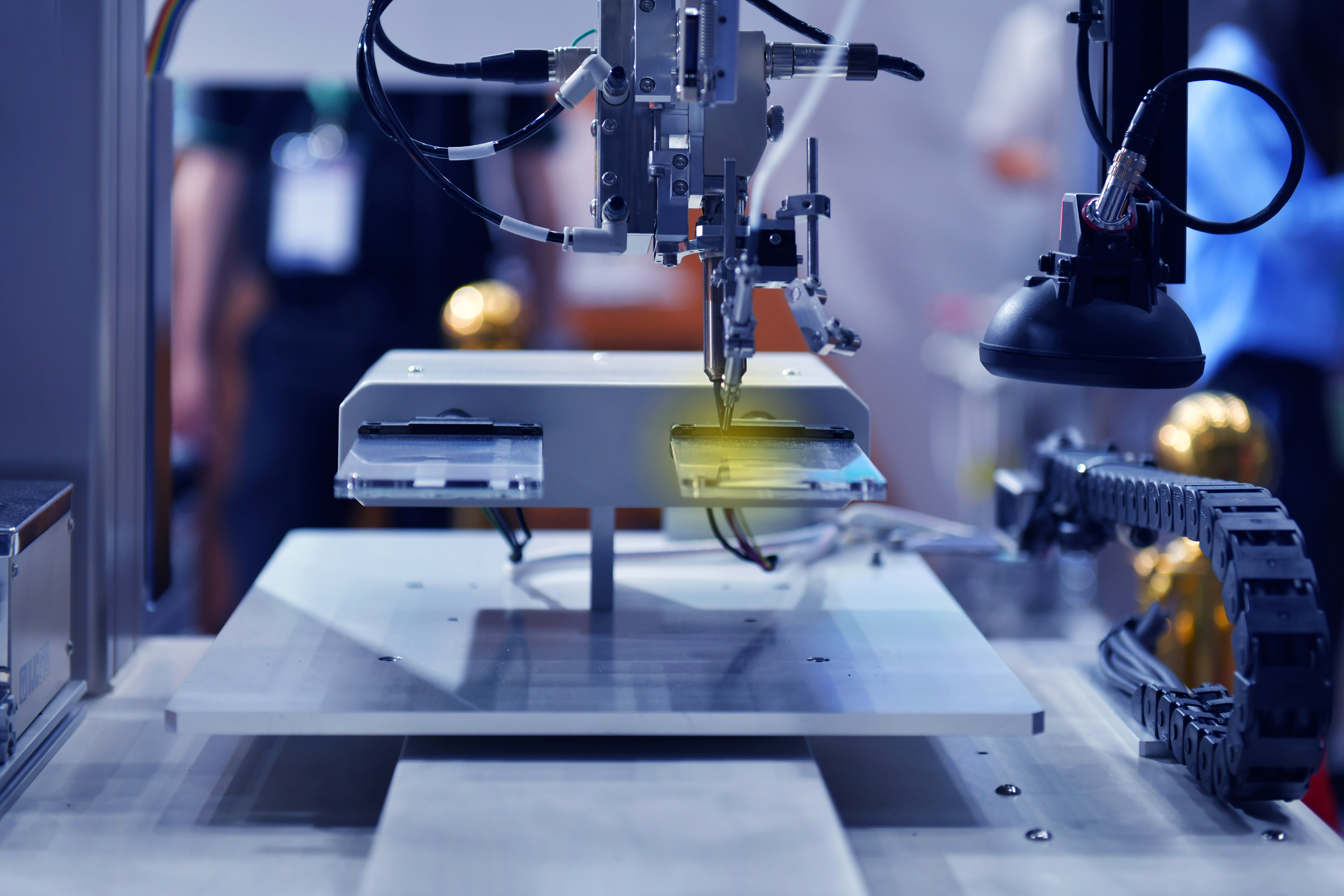

In IIoT technology, sensors are attached to physical assets. Those sensors gather data, store it wirelessly, and use analytics and machine learning to take some kind of action.


When you have a network of a multitude of industrial devices connected by communications technologies, the result is a system that can monitor, collect, exchange, analyse, deliver valuable new insights and control other devices.
These insights can then help drive smarter, faster business decisions for industrial companies.

Real-time data offers many advantages for your business. You can access information from any device connected to your IIoT network at any place and any time, monitor the data and then respond quickly to any issues – and resolve them in real time. This is a major step forward from running periodic, time-consuming checks, often requiring people to travel.
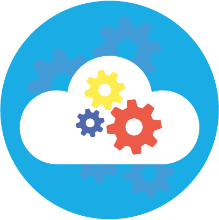
Manually handling data is a time-consuming process. But when you automate your devices, they can handle the data and make the right decisions for you. You can simply visualise the results and monitor the operations of your devices from your smartphone or computer. You’ll free up human resources, will be less likely to make mistakes with data, and will still be in a position to monitor decisions and their effects.
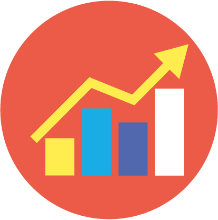
By collecting a large amount of data you’ll be able to analyse patterns of data and the frequency of use of different features. Whereas currently you may not even be aware of these patterns and trends, with this information in your hands you can improve existing features and add new functionalities to improve the system’s performance.
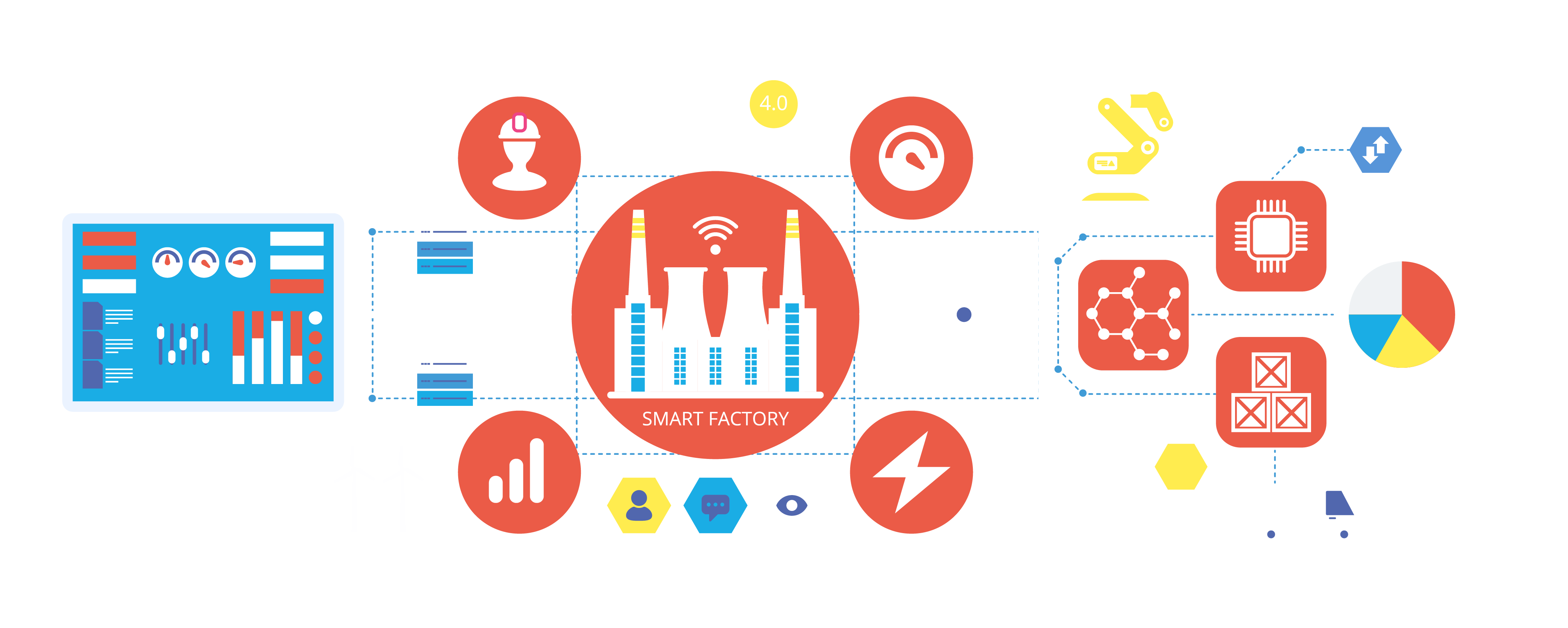
Some technologies are inevitably bound together. Artificial intelligence (AI) and the IIoT are a perfect example of two technologies that complement and enhance each another.
In the fast-growing world of IIoT, where data is connected and shared across a potentially vast network of devices, organisations win with analytics. And AI is analytics on steroids: it has the ability to make rapid decisions and uncover deep insights as it “learns” from massive volumes of IIoT data.
In other words, AI is an essential form of analytics for any organisation that wants to maximise the value of IIoT.
To understand the real power of IIoT it’s worth taking a closer look at how a network of smart devices works.
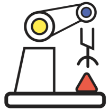
The main mechanical parts of the device: power supply and so on.

Sensors, processors, storage, software etc. These define what the device is for.
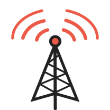
Modems, ports, antennas, software protocols to transfer data, etc.
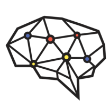
The ability to train and run AI models at the edge.
The first three levels are just the foundation of IIoT. It’s the fourth level where things get interesting.
At the most basic, the data generated from IIoT devices is used to trigger alerts. For example, if a sensor detects an out-of-threshold condition, such as excessive heat or vibration, it triggers an alert and a technician checks it out. This can prevent a costly failure.
In a more sophisticated IIoT system, you might have dozens of sensors monitoring many aspects of operation.
All these scenarios add value to and extract more value from connected devices. But the real value of IIoT comes at yet another level of sophistication, the fourth item in our list: onboard analytics.
This happens when devices learn from their specific use or from each other and then automate actions. It happens when they can adapt, change behaviour over time, make decisions, take action and tune their responses based on what they learn.
Things become even more interesting when they do this together, without human intervention, acting as a network of devices – an area known as Edge Computing.

There’s no doubt that IIoT can make a significant difference to forward thinking organisations. A network of remote sensors can dramatically reduce maintenance costs and allow you to hone and streamline your processes. At the highest level the power of IIoT to improve operations and productivity is still virtually untapped.
As a company, we have specialised in embedded systems for over 20 years, for a wide range of projects. In recent years we’ve developed a great deal of expertise in data management, data visualisation and machine learning – cutting edge fields that are increasingly important in industry. We are strongly placed to help you understand how IIoT (and Industry 4.0 and Edge Computing) can help make you a smarter, more successful organisation.
As a company, we have specialised in embedded systems for over 20 years, for a wide range of projects. Our expertise in recent years has developed in the area of data management, data visualisation and machine learning, so we are strongly placed to handle your queries on IIot, Industry 4.0 and Edge Computing.

© Copyright 1998- Xor Systems, All Rights Reserved.